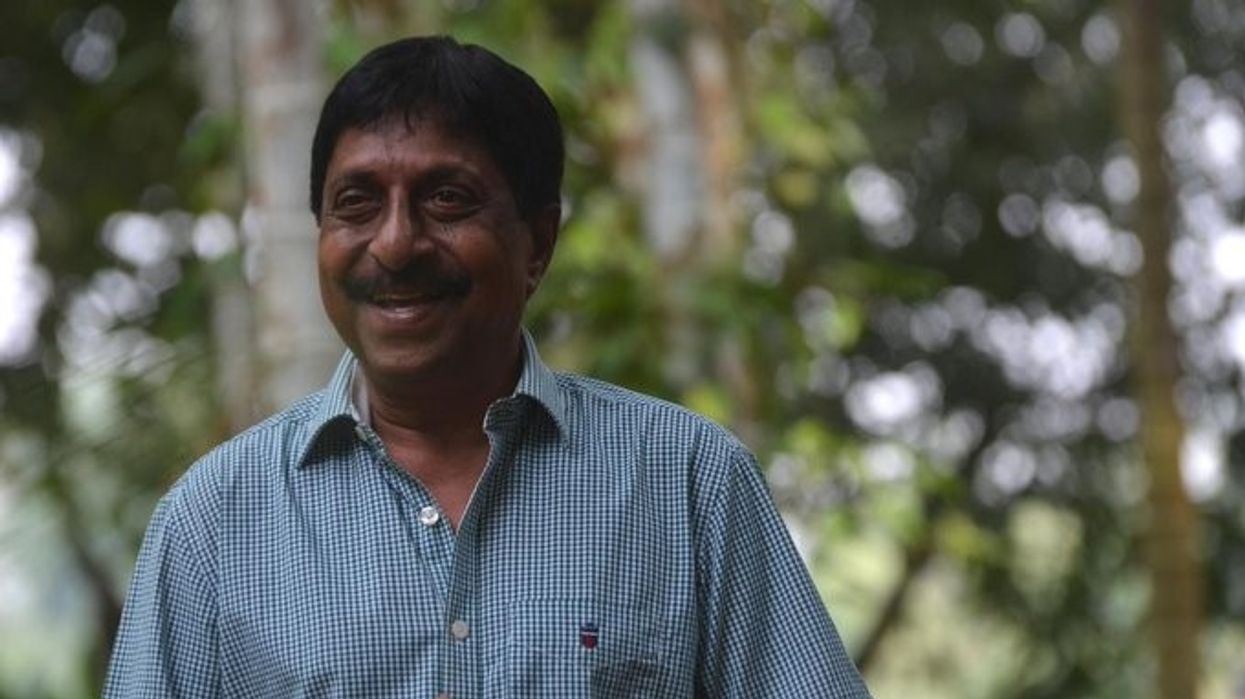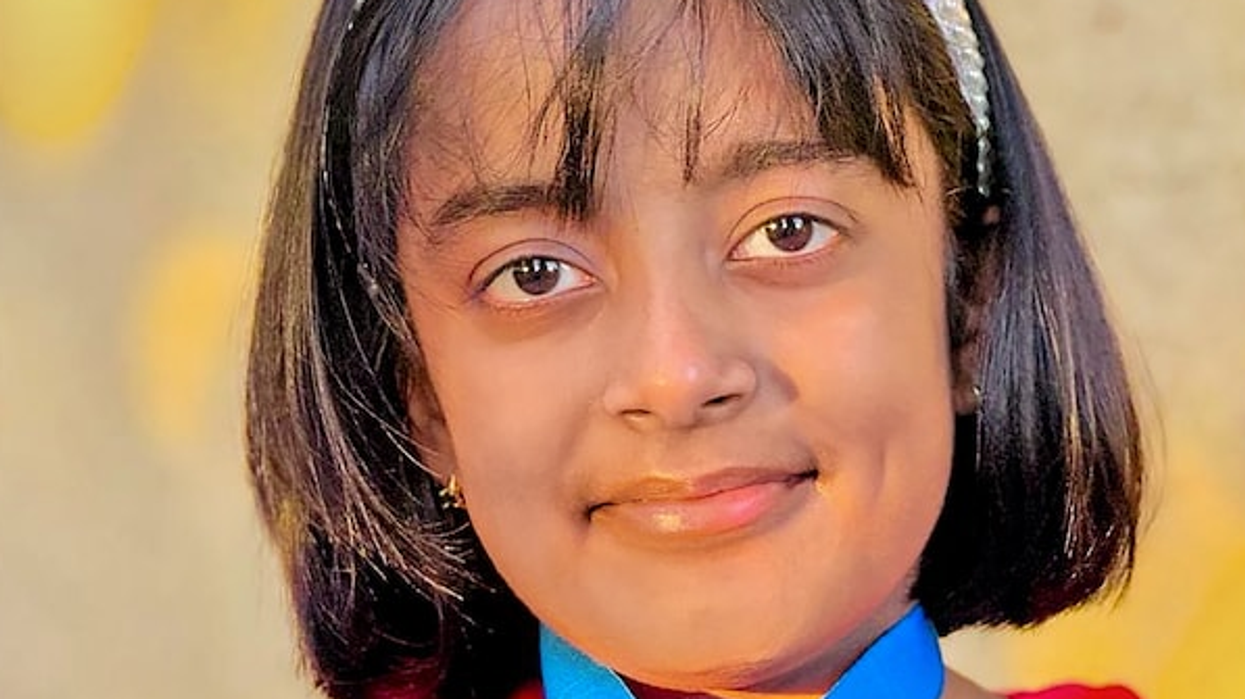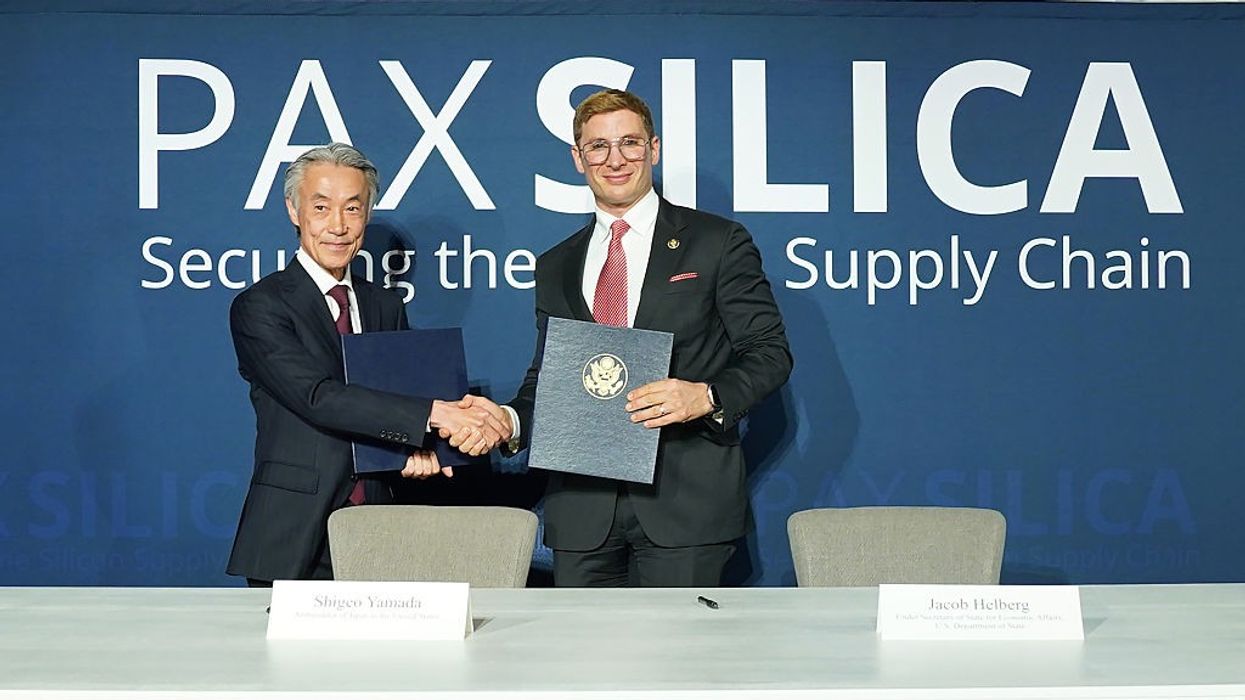Several pharma companies have initiated discussions with India's Narendra Modi government for the development of a potential vaccine against monkeypox, said sources on Wednesday (27).
"The vaccine against monkeypox is under discussion with various vaccine manufacturing companies, but it is a very early stage for any such decisions. If it is required then we have potential manufacturers. If it is required in future then options will be explored," sources told Asian News International.
One of the vaccine manufacturing companies said there is no such next-generation vaccine specifically for monkeypox and the virus has also been mutated. "In future, there will be a requirement for the vaccine if cases rise," the company said.
Several pharma companies are engaged in the discussion of a potential vaccine for monkeypox with the government.
India has reported four cases of monkeypox so far. Of them, three are from Kerala while one from Delhi.
In an interview with ANI, Dr VK Paul, a member of India's government think-tank NITI Aayog said India is fully prepared against the disease and there is no need to panic.
"Our disease surveillance system has been energized even more to investigate such cases. The situation is under control, no reason to worry and panic," he said.
"We have to play a responsibility in case there is some individual who has symptoms who should come for diagnosis because this disease has to be represented differently. The individual could be taken care of. We have such systems and restrictions have already been issued. People with symptoms must come forward and report," Paul added.
The World Health Organisation (WHO) on Saturday (24) declared monkeypox a global health emergency. However, WHO chief Tedros Ghebreyesus also said that "discrimination could be as harmful as the virus."
Recently, Dr Poonam Khetrapal, regional director, WHO South-East Asia, also showed concern saying the cases of monkeypox are now reported in those countries where no cases were reported before.
"The unexpected appearance of this disease globally and in a wide geographic area indicates that the disease may have been circulating below the detection of the surveillance systems. It is possible that sustained human-to-human transmission through close contact - direct or indirect - remained undetected for a period of time," she said.














